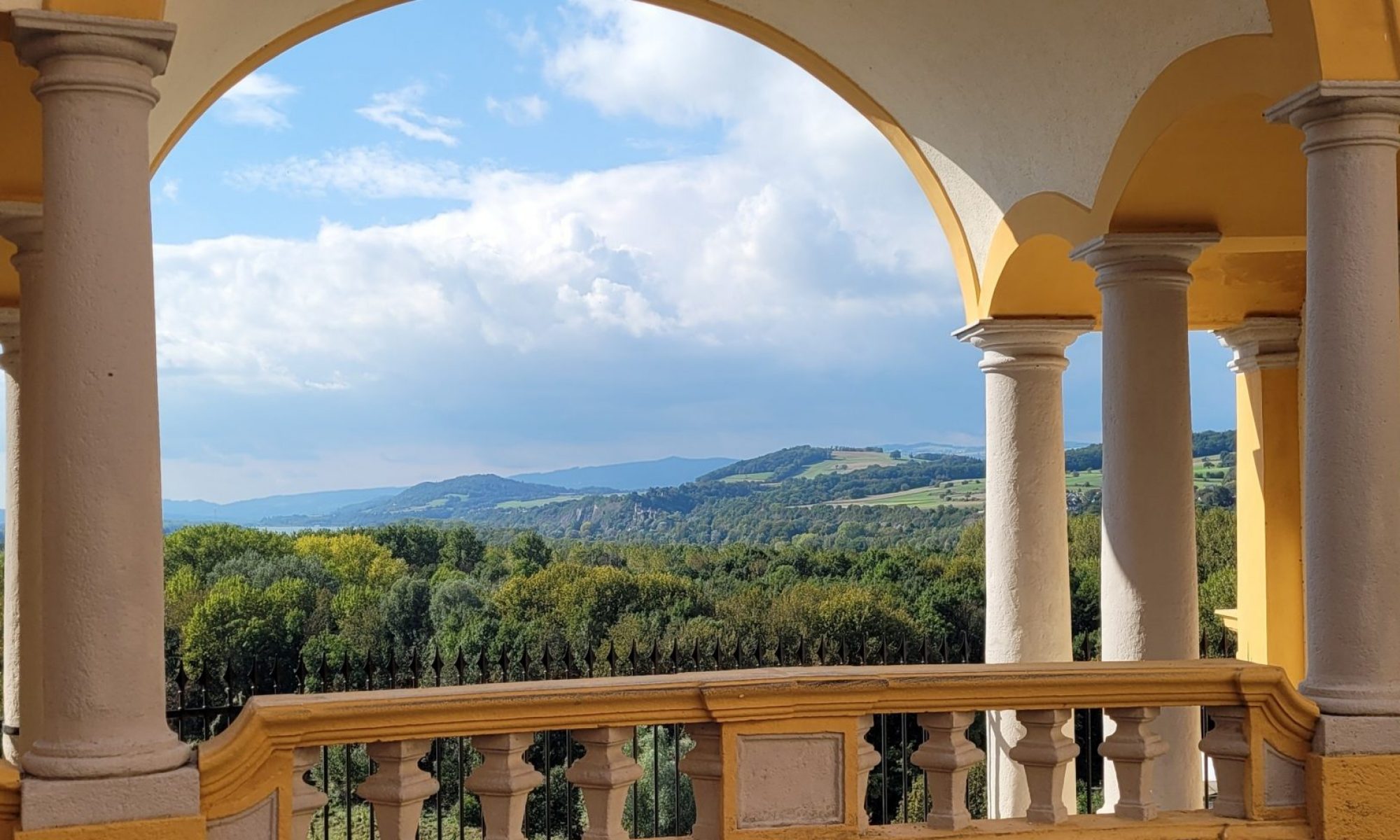I was inspired with today’s word “camera” to share mostly photos rather than words, although some explanation is required. You see, I have a penchant when we travel for capturing the interaction between humanity and monuments. What tends to catch my eye is potential humanity, in particular, which is to say children being children.
The earth is 4.5 billion years old, humans around 6 million years, and civilization about 6,000, so you might say the rocks have it all over us. As Virginia Woolf once said,
The very stone one kicks with one’s boot will outlast Shakespeare.
–To the Lighthouse
Yet while we stand around in reverence, snapping photos of the million-year-old natural rock bridge or a Michelangelo masterpiece, children do what they do, which is to say play games, be naughty, and generally act as if they own the place. Which they do, in the most essential way. I first observed this at Arizona’s Canyon de Chelly back in 1993, where a late April water gully created a stream where a dozen Navajo children played. The sight of the massive rock edifice and 500-year-old abandoned Anasazi ruins carved out of the walls, set against the kids splashing water around and shrieking with laughter was both incongruous and perfectly natural. To me, it was like our genetic potential breathing.
Those are highfalutin’ ideas, but I frame them around this “photo essay” to help explain why these photos were taken in this way.
OK, it’s not Stonehenge, it’s Carhenge in Alliance, Nebraska. But wouldn’t be cool if you saw a toddler running through the sarsens erected by the ancient Celts?






